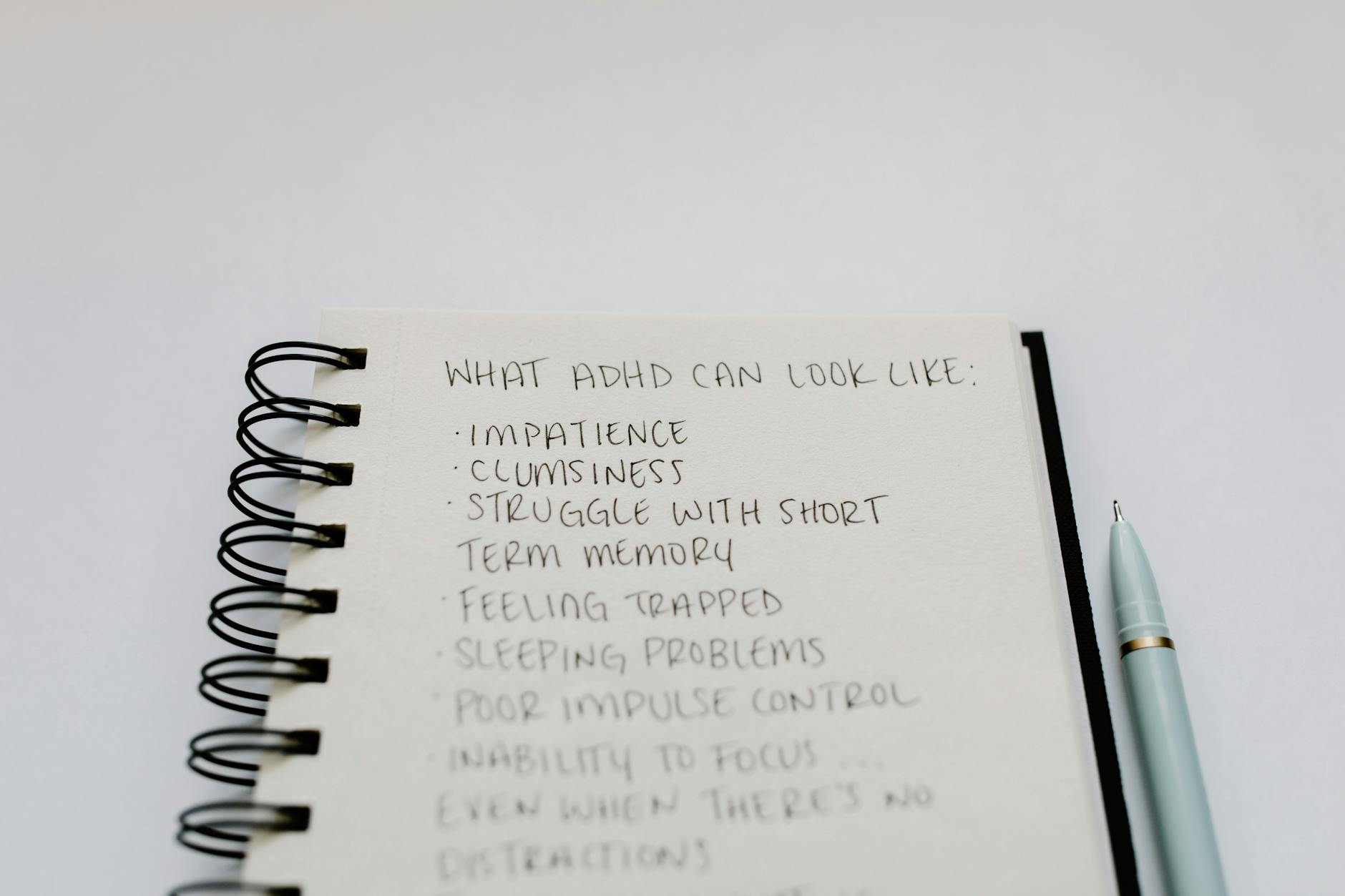Uncover the hidden threat of sleep apnea, learn how to identify symptoms and explore effective treatment options for better sleep.
Table of Contents
In today’s fast-paced world, it’s crucial to understand how to manage and treat common health issues effectively. From Crohn’s Disease to Cold Sores, and Lyme Disease to Stomach Virus, we will cover a range of health concerns and provide practical advice on handling them.
Crohn’s Disease
Crohn’s Disease is a chronic inflammatory bowel disease that can cause abdominal pain, diarrhea, and fatigue. It’s vital to work closely with healthcare providers to develop a treatment plan that may include medications, dietary changes, and surgery in severe cases.
Cold Sore
Cold sores are caused by the herpes simplex virus and commonly appear around the lips or mouth. Over-the-counter creams and antiviral medications can help alleviate symptoms and prevent the spread of the virus.
Lyme Disease
Lyme Disease is transmitted through tick bites and can lead to fever, fatigue, and joint pain. To prevent Lyme Disease, it’s essential to use insect repellent and perform thorough tick checks after outdoor activities. Early detection and treatment with antibiotics are crucial.
Bacterial Vaginosis and Yeast Infections
Both Bacterial Vaginosis and Yeast Infections can cause discomfort and vaginal discharge. Practicing good hygiene, wearing breathable cotton underwear, and avoiding irritating products can help prevent these infections. Over-the-counter treatments are available, but it’s essential to consult a healthcare provider for proper diagnosis.
Rheumatoid Arthritis
Rheumatoid Arthritis is an autoimmune disease that affects the joints, leading to pain and swelling. Exercise, joint protection techniques, and medications prescribed by a rheumatologist can help manage symptoms and improve quality of life.
Mental Health
Our mental well-being is just as important as our physical health. Engaging in relaxation techniques, seeking therapy, and practicing self-care are valuable strategies for managing stress, anxiety, and depression.
| Topic | Description |
|---|---|
| What is Sleep Apnea? | Sleep apnea is a serious sleep disorder that occurs when a person’s breathing is interrupted during sleep. There are three main types of sleep apnea: obstructive, central, and mixed. |
| Symptoms of Sleep Apnea | The common symptoms of sleep apnea include loud snoring, gasping for air during sleep, waking up with a dry mouth or headache, excessive daytime sleepiness, and irritability. |
| Risk Factors | Factors that increase the risk of developing sleep apnea include obesity, older age, smoking, family history, and certain medical conditions such as hypertension and diabetes. |
| Diagnosis | Sleep apnea can be diagnosed through a sleep study, also known as polysomnography, which monitors various body functions during sleep to identify breathing abnormalities. |
| Treatment Options | Treatment for sleep apnea may involve lifestyle changes, such as weight loss and quitting smoking, the use of a continuous positive airway pressure (CPAP) machine, oral appliances, or surgery in severe cases. |
| Complications | Untreated sleep apnea can lead to serious health complications, including high blood pressure, heart disease, stroke, diabetes, and excessive daytime sleepiness, increasing the risk of accidents. |
| Conclusion | Early detection and treatment of sleep apnea are crucial for improving quality of life and reducing the risk of associated health problems. If you suspect you may have sleep apnea, consult a healthcare provider for further evaluation and management. |
Parkinson’s Disease
Parkinson’s Disease affects the central nervous system, causing tremors and movement difficulties. Treatment may include medications, physical therapy, and lifestyle modifications to enhance mobility and overall function.
Sleep Apnea
Sleep Apnea is a serious sleep disorder characterized by pauses in breathing during sleep. Lifestyle changes such as weight loss, avoiding alcohol before bedtime, and using a continuous positive airway pressure (CPAP) machine can help improve breathing and quality of sleep.
Conclusion
By being aware of common health issues and proactive in managing them, we can lead healthier and more fulfilling lives. Remember, early detection and treatment are key to addressing health concerns effectively. Stay informed, seek support when needed, and prioritize your well-being.
Question 1: What are the different types of sleep apnea?
Answer 1: The main types of sleep apnea are obstructive sleep apnea (OSA), central sleep apnea (CSA), and mixed sleep apnea. OSA is the most common, caused by the relaxation of throat muscles, while CSA results from the brain not signaling the muscles to breathe during sleep.
Question 2: What are the risk factors for sleep apnea?
Answer 2: Risk factors include obesity, older age, family history, smoking, nasal congestion, and certain medical conditions like hypertension and diabetes. These factors can contribute to the narrowing of airways and increase the likelihood of experiencing sleep apnea episodes.
Question 3: How is sleep apnea diagnosed?
Answer 3: Sleep apnea is diagnosed through a sleep study, also known as polysomnography, which monitors breathing patterns, oxygen levels, heart rate, and other body functions during sleep. Healthcare providers analyze the results to determine the severity of the condition and recommend appropriate treatment.
What are the treatment options for sleep apnea?
Answer 4: Treatment options may include lifestyle changes such as weight loss and avoiding alcohol before bedtime, the use of a continuous positive airway pressure (CPAP) machine to keep airways open, oral appliances to reposition the jaw, or surgery in severe cases to address anatomical abnormalities that contribute to sleep apnea.





